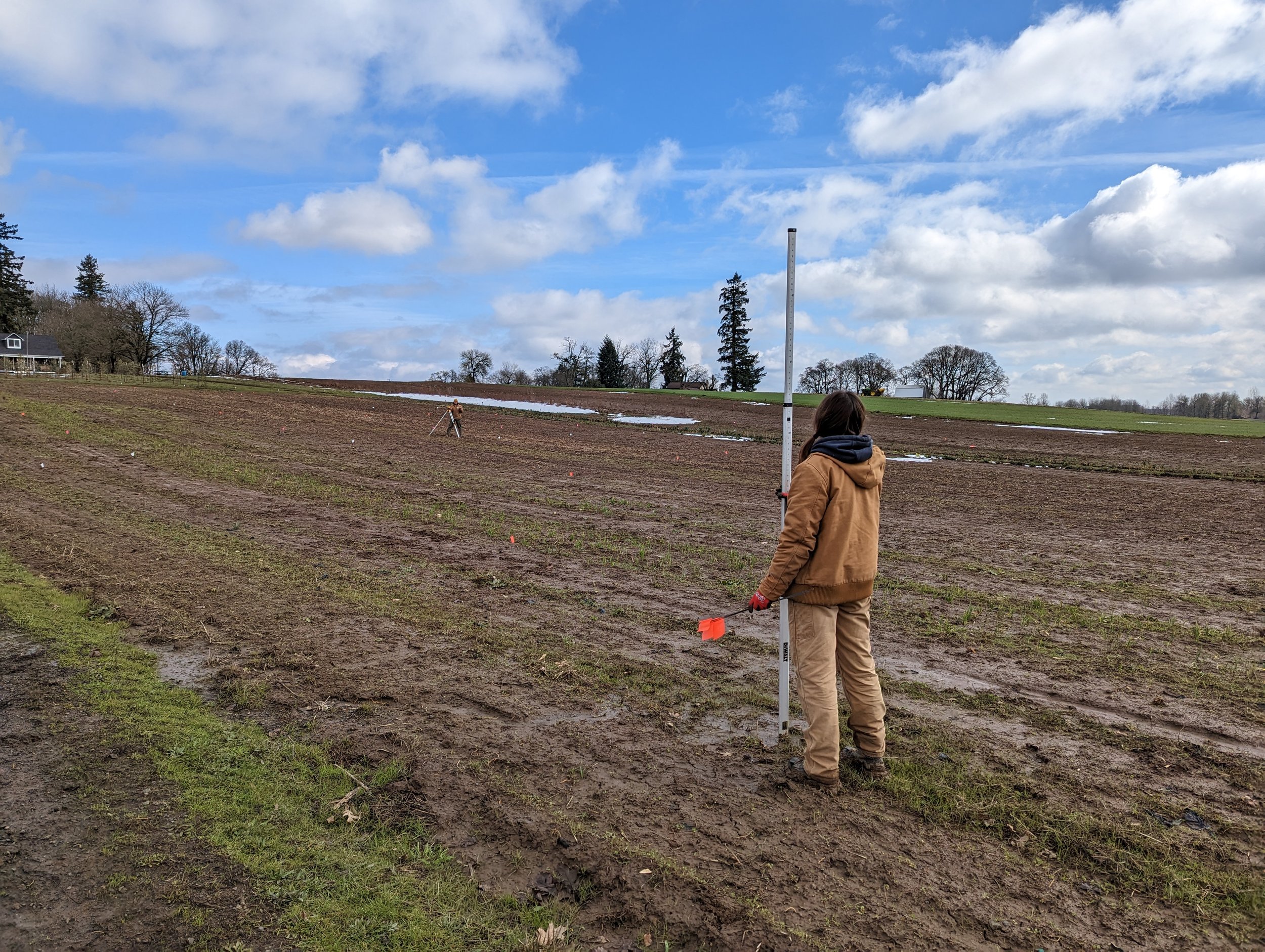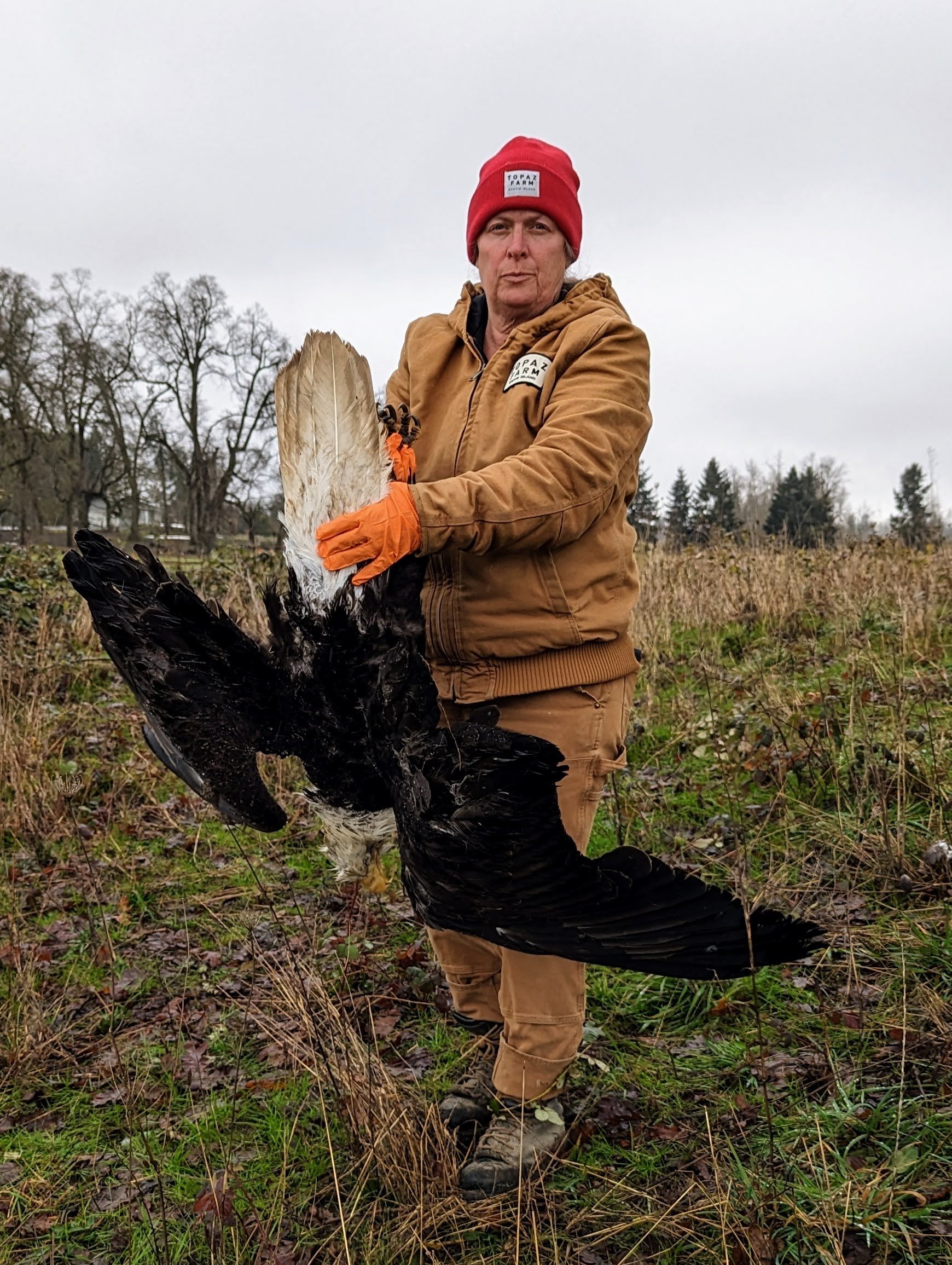Weekly Blog Season 4
We stopped writing a weekly blog after year one, because it took more time than we had. But the adventure of having a farm continues to be thrilling, overwhelming and an incredible learning curve and there is so much going on that we want to document. Please bear with us as we give writing a weekly blog another try.
Almost everything we do now starts with "How can we improve the soil?"
We've learned that soil and dirt are not the same thing. Soil is full of nutrients and healthy microbes. They are what makes vegetables so good for us. But if we keep using up all the good stuff in the soil to grow food without replacing it, we end up with dirt.
The best analogy I've heard comes from Cuauhtemoc Villa. He says, imagine you are taking money out of your bank account. And you keep taking money out and out and out. Eventually your bank account will be empty. That is what is happening to our soil. We continue to take and take without replenishing all the valuable nutrients. This has many negative implications.
• Many scientific studies show we have to eat multiple carrots today to get the amount of nutrients we could get from one carrot 50 years ago, when our soil was richer. Crazy, right?
• Having all this dirt as topsoil is hurting our climate overall (you would think we would have learned from the dust bowl).
So we are finding ourselves spending the bulk of our time looking for ways to improve the soil. During the offseason, we've been making biochar, brewing barrel after barrel of compost tea (aka healthy microbes), and we've been busy flame weeding to reduce tillage.
This month we started our first keyline field. We will use a tractor attachment called a ripper to cut a 15" incision into the hillside, for each row we will be planting. Using a level on a tripod, we put flags along the hillside for the tractor to follow that are at the same elevation of each other (think of the wavy lines on a topographic map). The goal is to prevent water rolling down the hill, washing away valuable nutrients with it. And it will allow water to stay close by and available for the plants that are growing. By being level, all the water won't roll to one side of the hill.
Making this field with level lines, is creating some odd shaped areas where we won't be planting row crops. In these areas we'll grow wildflowers and other native plants to attract pollinators. Crops like pumpkins won't produce any pumpkins if they aren't pollinated. At times we have more than 100 bee boxes on the farm, but some bees will travel a few miles to collect nectar and pollen and we need to do all we can to make our farm attractive to them.
Unrelated.... last week, we found a dead bald eagle on the farm. It's hard to describe how it affected everyone. This time of year we have so many eagles on the farm, it's not uncommon to see staff stopping to watch, photograph or video them. Just yesterday, we watched as four eagles chased a squirrel and eventually caught and ate it. But there is an intensity to finding a dead eagle.
The first question we all had was; how did it die? Everyone's fear is poison. Unfortunately a lot of people use poison to kill rodents. And eagles will hunt up to a few miles from their nest. If an eagle eats an injured or dieing gopher, mole or rat (that was poisoned), it too can die. Luckily there are some poisons out there now that will kill the rodent - but not get passed on to predators or scavengers.
We brought the eagle to ODFW and requested a necropsy. ODFW told us they have had many dead eagles recently, due to the bird flu, and they suspect this eagle died of that as well. I'll keep you posted. In the meantime, I encourage you, if you use poison, to make sure it's the type that does not get passed on. Or better yet, get a barn cat.
A few years ago one of our neighbors, JoAnn, came to the rescue. JoAnn is the biggest animal lover we know (she is also 85 years young). She had a plan. She was already actively feeding some of the feral cats on Sauvie Island and asked if she could start feeding some here at the farm. She started by feeding them in the tractor barn. She gave us strict orders not to try to befriend or pet any of the cats. One by one, she captured all of them by gaining their trust with food. Each one, she took to the vet to be neutered and then returned them. She comes every day to feed them and check on them. I don't want to jinx it, but we have not seen a rat near the barn or market in two years.
More next week.
Keyline: Flagging the field
Keyline: Testing the ripper
Taking care of the starts
Starting our tomato plants in Greenhouse 1
Soil test map






